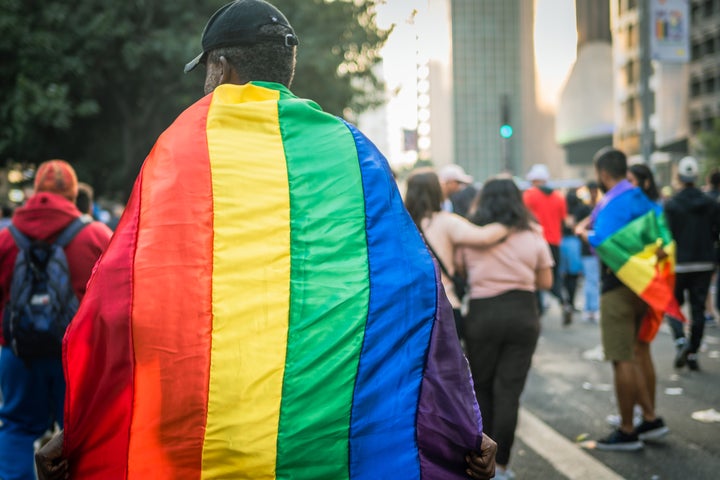
The UK’s census data has just included the number of lesbian, gay, bisexual and transgender people for the first time in its history.
The March 2021 census – a national survey looking into the UK’s make-up which happens every 10 years – was the first one since the census began in 1801 to ask participants about their sexuality and gender identity. This section of the census was voluntary.
Canada is the only other country in the world to have released data around the gender identity of its citizens so far, although New Zealand is set to ask similar voluntary questions in its 2023 census.
LGBTQ+ charity, Stonewall, tweeted, “we’re making history,” when the census results were released on Friday, adding that it came after “two decades of campaigning” to be “part of a proud #RainbowBritain”.
So, what did the census reveal?
More than 1.3 million people in England and Wales aged 16 and over identify as lesbian, gay or bisexual – the total population of England and Wales is about 59.6 million.
That works out as 1.5% of the population identifying as gay or lesbian and 1.3% as bisexual.
Around 165,000 people also identify as “other” sexual orientations, including pansexual, asexual and queer.
The census revealed 0.5% (262,000) of respondents said their gender identity was different to their sex registered at birth, too.
It also showed that people within every local authority are part of the LGBTQ+ community – although the highest rates were in Manchester, Cardiff, Brighton and Hove, and Lambeth, London.
Before the census went out in 2021, the government said this new information in the census would help tackle discrimination and improve decisions made about health care, education, employment, housing and social services for lesbian, gay and bisexual people.
The population director for the ONHS, Jen Woolford, said: “We’ve introduced those questions as a reflection of our society becoming more diverse, but also because there are now clear user needs for more information on that kind of diversity and the richness of our population.”
Scotland’s census is expected last in the year, while Northern Ireland’s census – also coming this year – included questions about sexual orientation but not gender identity.